by Yoo Kyung Sung, University of New Mexico Albuquerque NM
 Why, in the classroom, is immigration often presented only as a parochial issue? Seldom do U. S. students read and discuss migration as a worldwide political and economic concern. Far too often their understandings of other countries are formed from easily generalizable geographical and cultural information. This denigrates the complexity of socio-political realities and the historical experiences of other countries. For example, they often reference Africa as one large nation instead of as a continent of many countries and diverse cultures. They are primarily aware of dominant groups within countries who, for their part, are frequently dismissive of others (i.e. Koreans in Korea dismissing non-Koreans). Sophisticated inquiry required for deeper understandings of global issues is too often neglected. I want to, then, introduce two books that may challenge such superficial assumptions about other nations.
Why, in the classroom, is immigration often presented only as a parochial issue? Seldom do U. S. students read and discuss migration as a worldwide political and economic concern. Far too often their understandings of other countries are formed from easily generalizable geographical and cultural information. This denigrates the complexity of socio-political realities and the historical experiences of other countries. For example, they often reference Africa as one large nation instead of as a continent of many countries and diverse cultures. They are primarily aware of dominant groups within countries who, for their part, are frequently dismissive of others (i.e. Koreans in Korea dismissing non-Koreans). Sophisticated inquiry required for deeper understandings of global issues is too often neglected. I want to, then, introduce two books that may challenge such superficial assumptions about other nations.
Continue reading


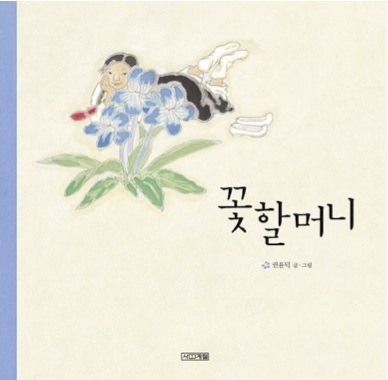

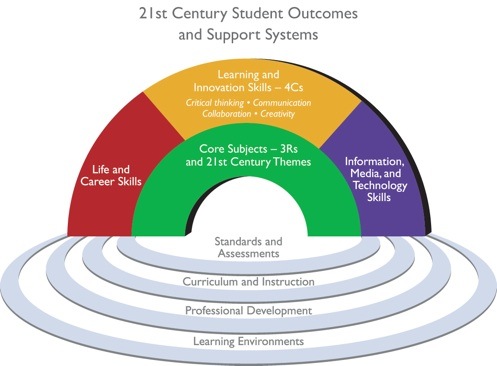
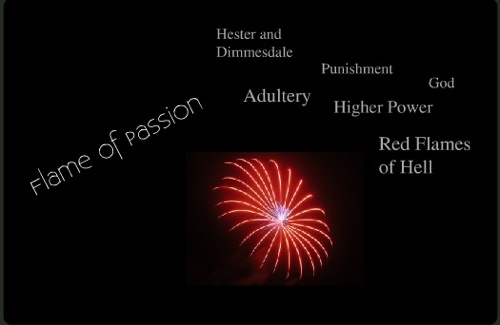

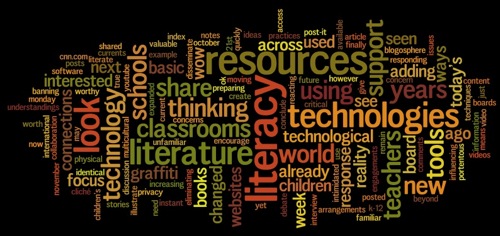


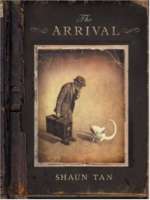 The IBBY Congress offered multiple opportunities for learning about the reading experiences offered to children in different parts of the world. One of those experiences that was the focus of lively discussions involved children reading wordless texts in the project, “Visual journeys: Understanding immigrant children’s responses to the visual image in contemporary picture books.” Dr. Evelyn Arizpe, from the University of Glasgow, coordinator of the project, Dr Cecilia Silva-Díaz and Brenda Bellorín, from the Universitat Autonoma de Barcelona, and myself from The University of Texas at Austin, shared the power of the visual image in the graphic novel
The IBBY Congress offered multiple opportunities for learning about the reading experiences offered to children in different parts of the world. One of those experiences that was the focus of lively discussions involved children reading wordless texts in the project, “Visual journeys: Understanding immigrant children’s responses to the visual image in contemporary picture books.” Dr. Evelyn Arizpe, from the University of Glasgow, coordinator of the project, Dr Cecilia Silva-Díaz and Brenda Bellorín, from the Universitat Autonoma de Barcelona, and myself from The University of Texas at Austin, shared the power of the visual image in the graphic novel